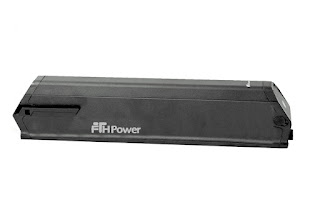What are lithium batteries?
Lithium batteries have been around since the 1990s and have evolved into the go-to choice for powering everything from mobile phones and laptops to pacemakers, power tools, life-saving medical supplies, and personal mobility scooters.
One of the
motives lithium-ion battery technology has evolved so famously is that it can
be deployed in different practical applications. Keep reading if you’d like to
learn more about some of the uses for these rechargeable mortars that are made
employing metallic lithium-ion cell technology.
Ø What are
lithium batteries?
Li-ion
battery technology employs lithium metal ions as a key element of its
electrochemistry.
Lithium metal ions have evolved a famous selection for batteries due to their high energy density and low weight. One significant example is lithium-ion batteries, which are used in an expansive range of electronic devices, from smartphones to laptops. Another variety, lithium iron phosphate batteries, delivers tremendous strength and a lengthy lifespan. This makes them well-suited for use in electric vehicles and large-scale energy repository systems.
Basically,
lithium has four key elements:-
Lithium Battery for Sale as well as
being the citation of the lithium ions.
2. Anode
material: When the lithium-ion battery pack is being charged, the anode
material of the negative electrode is what the electric current output through
from an outer circuit. It is furthermore where Li-ions are stored.
3. Electrolyte:
This is composed of additives, solvents, and salts. It is the line between the
cathode and anode.
4. Separator:
This is what detaches the anode and cathode materials.
Li-ion
batteries have multiple applications in the real world aside from just running
the apps you’ve downloaded onto your smartphone. Here are just a few of them.
Pacemakers
Rechargeable
lithium batteries have become ordinary in pacemakers because they deliver long
life, low drain current, high power density, and desirable voltage traits.
Pacemaker Li-ion batteries have an ordinary lifespan of seven to eight years
and usually weigh less than 30 grams. Primary lithium cells undergo a 10% loss
of capability over five years.
Digital
Cameras
For a digital
camera to process effectively, it needs a strong and high-energy-density
strength source. So most mirrorless cameras and DSLRs take benefit of the
multiple advantages of using Lithium
Battery for Sale as a power source.
These
rechargeable Li-ion batteries at FTH power packs are much smaller than
different battery varieties and, normally, have a much bigger power capacity
and exceptional battery performance.
.jpg)




Comments
Post a Comment